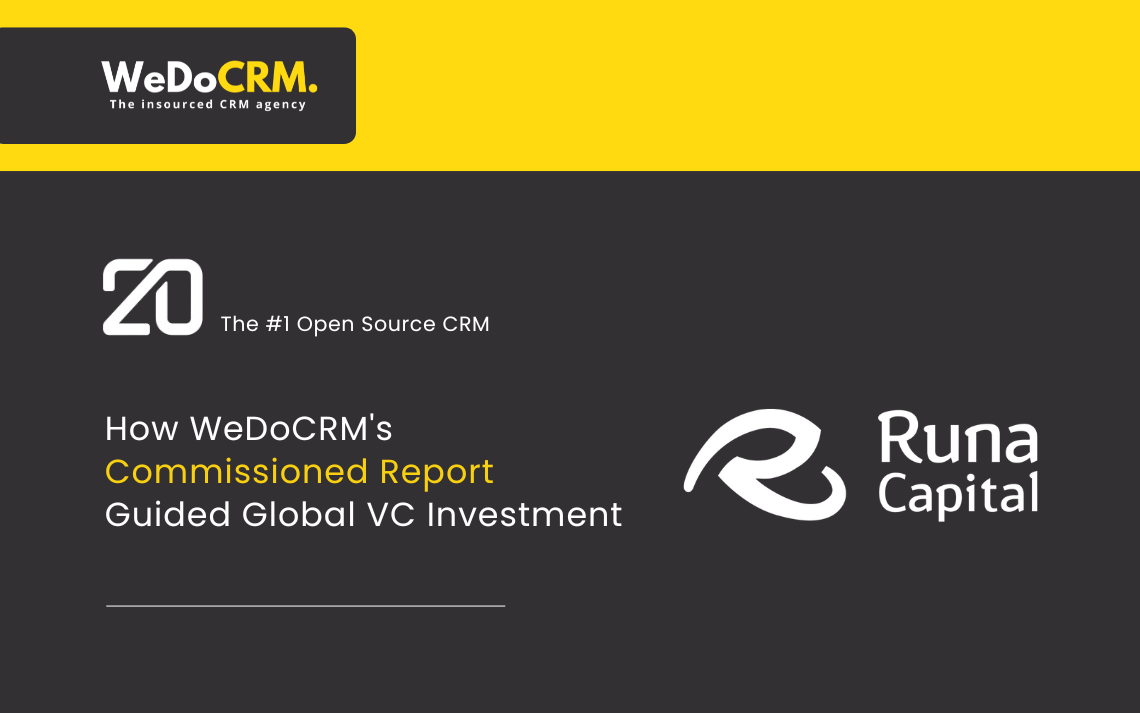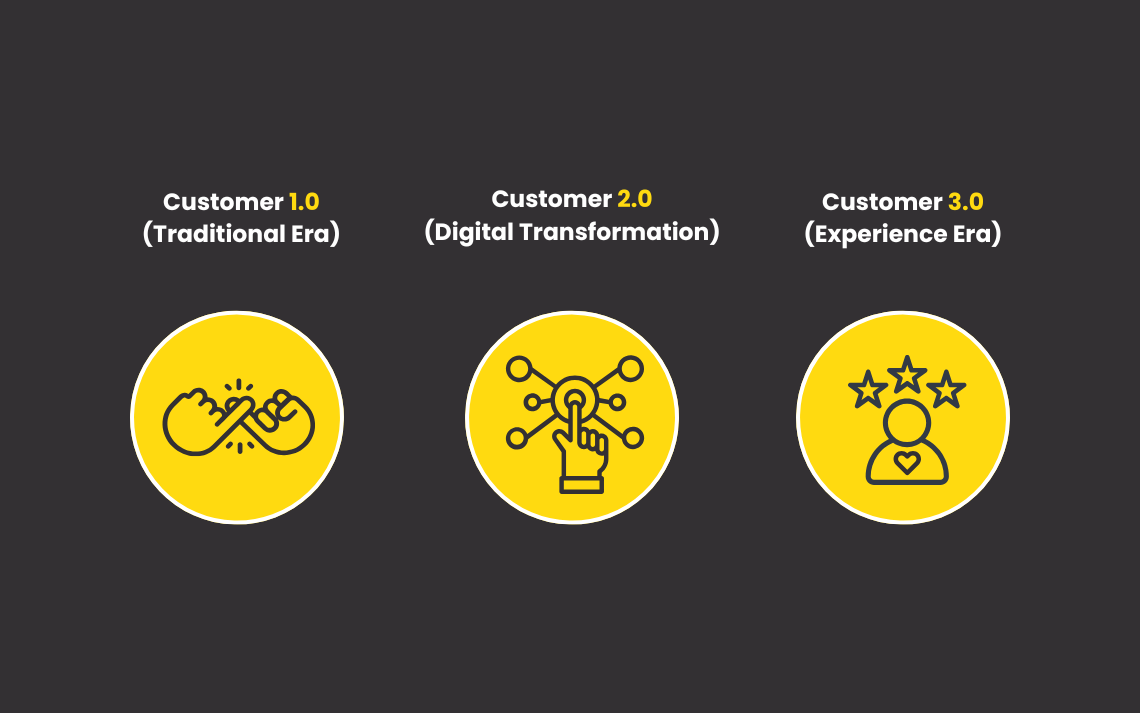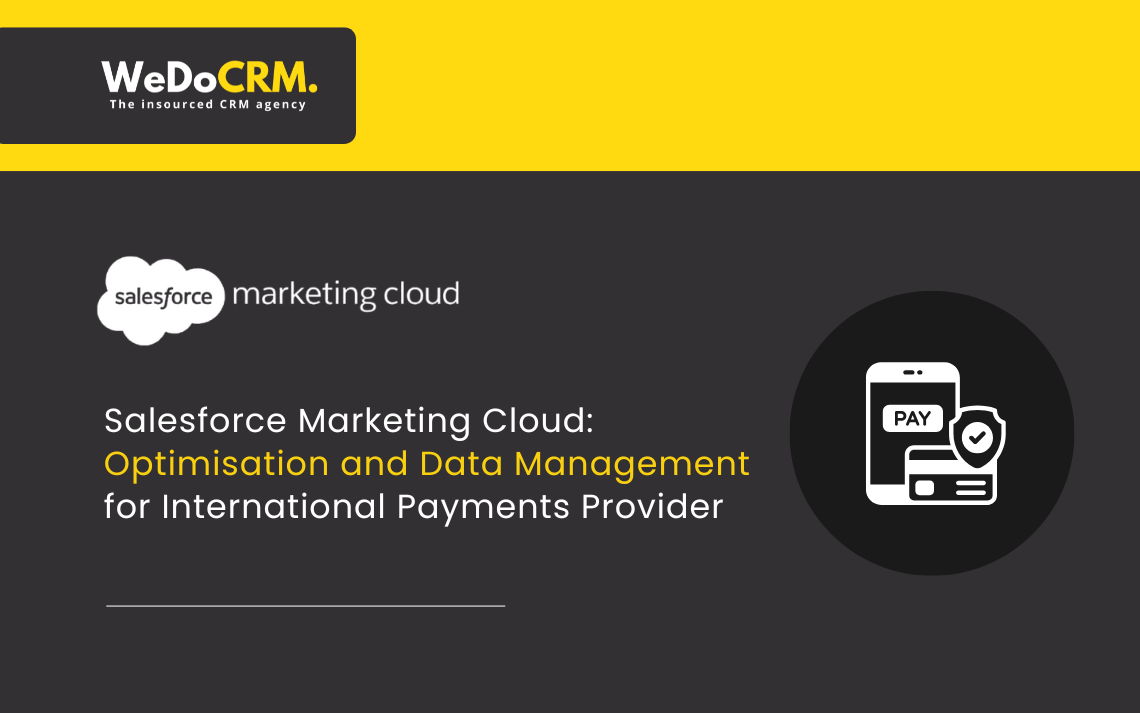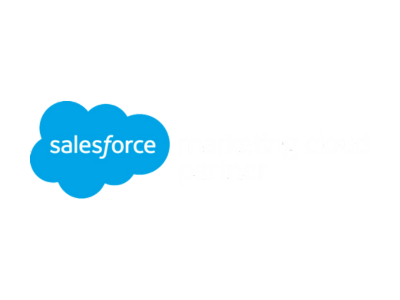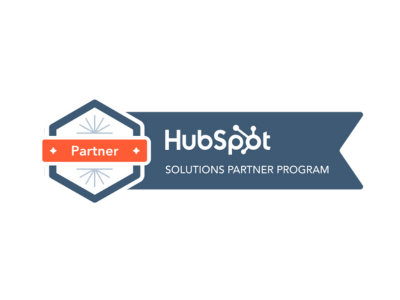How do you know which channel is right for your multi-channel CRM strategy? The answer… a lot of testing and learning.
Over the years I’ve often been asked that question and it’s always tricky giving a simple answer, because the truth is, there isn’t one. Multi-channel marketing is about finding the channel that a user is most likely to engage with and convert from. However, us humans rarely maintain the same habits all the time – too much exposure to one communication method can often make us change our preference to another.
To run a truly effective multi-channel marketing strategy, you need a robust always-on test and learn plan. This strategic approach will allow you to monitor changes in habits and engagement in your database.
For example, you may communicate with one user via email 95% of the time, but over the last 3 months engagement rates have steadily declined when it comes to commercial emails. You carry out some A/B testing and discover that Push notifications are driving higher engagement and conversion rates. Using this insight, you decide to implement a new channel hierarchy for that user – Email for service and Push for commercial.
Before you start to strategise though, it’s important to understand the art of multi-channel marketing by becoming familiar with each individual communication channel and what the pro’s and con’s are. Below I’ve highlighted some of the most widely used.
The don. The OG. The status quo. Despite officially existing since the mid-60s, Email has been one of the most widely used communication channels since the 80s. It’s a fundamental part of everyone’s life, both personally and professionally. In recent years, with the introduction of social media and push notifications, many have started to use the phrase “email is dead”, but that couldn’t be further from the truth. In fact, Email is more important now than it ever has been.
Like so many things in life, Email has become the unfortunate victim of spammers and scammers, due largely in part to its colossal reach and the ease of illegally acquiring email addresses. Look past this though and you’ll find a channel that still rules as the ‘King of the Jungle’ and one with the ability to drive mouth-watering ROIs when treated respectfully and strategically.
Best used for: Brand campaigns, transactional receipts – legal compliance, service updates, highly-targeted outbound lead generation (legitimate interest only).
PRO'S
- Volume and reach – there are currently 3 email addresses for every Facebook account
- Ability to deliver rich content and visually appealing designs
- Low-cost – relatively cheap to run compared to many other channels
- Brand trust and authentication – legitimate organisations will often have valid certificates and registered profiles
CON'S
- Growing reputation for mistrust – used by spammers and scammers
- Low engagement among younger audiences
- Spam filters – Email Service Providers (i.e. Gmail, Yahoo etc) have started to crack down on ‘mass mailing’
- White noise – our inboxes are becoming busier and busier making it difficult to cut through the noise
SMS
The MFA juggernaut with an unwanted reputation for scams. SMS, whilst slightly “old school” for many functions these days, still has a part to play in your multi-channel marketing strategy.
Using this channel tactfully and with restraint can make it a trusted method of communication, both from a commercial and service standpoint, especially for MFA/2FA and flash announcements. But be warned though – a person’s phone numbers is scared, so abusing SMS can have disastrous impacts on engagement and reputation.
Where possible, registering your number will deliver an extra level of trust by ensuring your brand name shows automatically.
Best used for: MFA/2FA, flash commercial offers (highly segmented), urgent service messages.
PRO'S
- High delivery rate – as long as the phone number is valid
- Great for MFA/2FA security – not everyone will have an authentication app making this channel a solid option
- Changed less frequently than an email address, making it more reliable over time
CON'S
- Growing reputation for mistrust – used by spammers and scammers
- Potentially expensive if used regularly and frequently among large databases.
- Simple text and link capability makes it limited from a brand identity perspective
Push
‘There’s an app for that’. Never a truer statement in the modern world. With the introduction of smartphones, so many of us now use apps for everything. Shopping, travel, utilities, work… the list goes on. That’s why Push notifications are a powerful communication channel with high engagement and solid attributed revenue.
However, as with everything, over-exposure is making a lot of us turn notifications off by default, except for those most critical apps. That means the channel has it limitations and cannot be used as a guaranteed method of communication.
Best used for: Commercial offers (highly segmented), important service alerts.
PRO'S
- Clear opt-in/opt-out status – if a user turns their own notifications off, then a brand cannot communicate via that channel
- Younger generations are heavily engaged in Push notifications and will tend to keep them switched on
- Fast UX – take a user directly from a click to a specific section of your app
CON'S
- Opt-in/opt-out status – if a user turns their notifications off, then a brand cannot communicate via that channel
- Easy for notifications to get lost in a sea of other notifications – always test times
- Older generations are more likely to boycott this channel due to reductions in smartphone usage
- Large cost implications when used heavily and frequently.
Direct Mail
Once a mighty commercial marketing tool, now overlooked by almost everyone except for a small percentage that still understand it’s huge impact, especially among older generations whose technological use remains low.
WeDoCRM has seen an increase in demand recently for Direct Mail, although it’s use requires heavy segmentation to ensure high impact whilst protecting brand reputation. For those wishing to implement it as part of their multi-channel or omnichannel strategies, I always recommend micro-testing to keep costs as low as possible until you identify the right segments/cohorts.
Best used for: Commercial offers (highly segmented and no ‘last-minute offers’), product/service launches and updates, specific segments such as age demographics.
PRO'S
- Direct Mail is used by less than 10% of organisations, so over-exposure is limited
- Deliver information directly into the hands of your audience
- Allows for visually rich content, as well as keywords that might trigger email spam filters (i.e. ‘Free’, ‘Offer’ etc)
CON'S
- Carries a premium cost like SMS, so cannot always be used in mass volume
- Cannot always be used to communicate time-sensitive offers or updates
- Environmental impact can be high, which can cause negative brand reputation
Multi-channel marketing is the future, but to implement and run it optimally, knowing your audience and the pro’s and con’s of each channel is critical and not something that be implemented without a genuine strategy and solid test and learn plan.
Interested in learning more? We’ve implemented multi-channel marketing for some of the world’s biggest brands and we’re committed to making that expertise and experience is available to you and your organisation.



